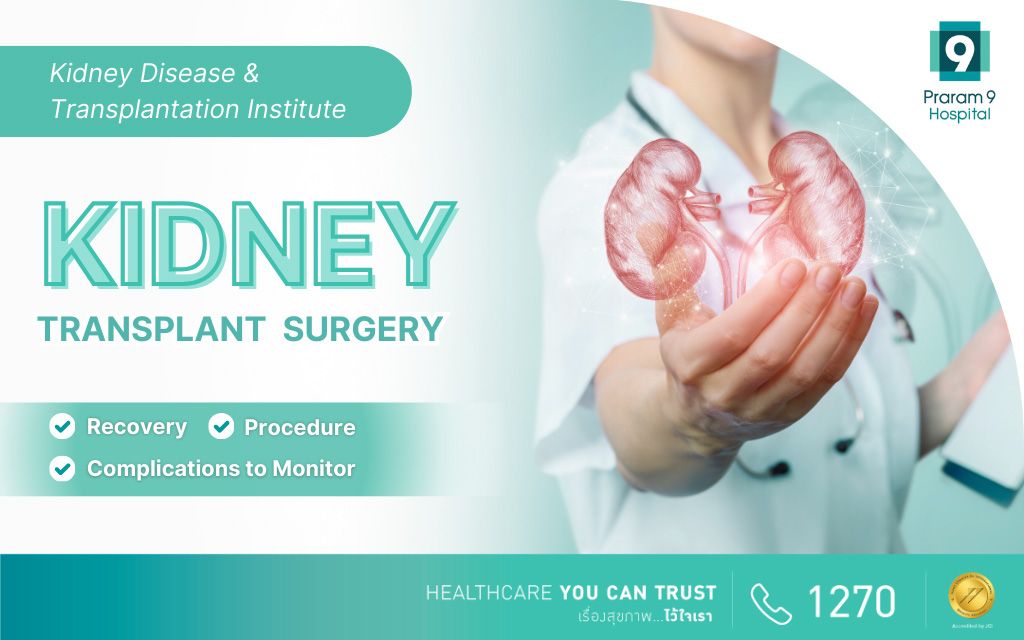Health Articles
Knowledge
You can still have children after a vasectomy! Introducing minimally invasive vasectomy reversal using a microscope.

Many men choose a vasectomy as a permanent form of birth control, but circumstances can change. Fortunately, vasectomy reversal provides an opportunity for men to restore their fertility. Using advanced techniques , such as no-scalpel vasectomy reversal with a microscope, this procedure reconnects the vas deferens, allowing sperm to pass through once again.
But how successful is vasectomy reversal? And what are your other options are available if you’ve had a vasectomy for many years?
Vasectomy Reversal Success Rates
The success of a vasectomy reversal can vary, depending on several factors:
- Time Since Vasectomy: If less than 10 years have passed, success rates range from 70-80%. After 10 years, the rate drops to 20-30%.
- Surgical Method Used: The technique used during the initial vasectomy can affect the complexity of the reversal.
- Blockage in the Sperm Ducts: Any additional blockages can complicate the procedure.
- Sperm Antibodies: The body may produce antibodies against sperm after a vasectomy.
- Surgeon Skill: The surgeon’s experience and expertise play a critical role in success.
For men who had a vasectomy more than 10 years ago, In Vitro Fertilization (IVF) may be a more viable option for conception.
No-Scalpel Vasectomy Reversal at Praram 9 Hospital
At Praram 9 Hospital, the vasectomy reversal procedure is minimally invasive and performed under local anesthesia. Here’s how the process works:
- A small clamp is used to access and reconnect the vas deferens.
- The hospital utilizes a no-scalpel vasectomy reversal technique, which requires only a small 1 cm incision on both sides of the scrotum.
- The procedure uses a microscope to magnify the vas deferens, allowing for a more precise reconnection.
- The surgery takes about 2 hours, and patients usually feel only slight discomfort for 2-3 minutes.
- No stitches are needed due to the small size of the incision, and patients can go home the same day. The wound heals naturally within 2-3 days.
Risks and Side Effects of Vasectomy Reversal
While vasectomy reversal is generally safe, like any surgery, it does carry some risks:
- Infection or wound inflammation
- Hematoma (blood clot) in the scrotum
It’s important to follow your doctor’s post-operative care instructions to minimize these risks.
Alternatives to Vasectomy Reversal
For men who have had a vasectomy for a long time, other fertility options include:
- Artificial Insemination (IUI)
- In Vitro Fertilization (IVF)
These treatments may be recommended if vasectomy reversal is unlikely to be successful.
Postoperative Care After Vasectomy Reversal
After your vasectomy reversal surgery, proper recovery is crucial. Here’s what to expect:
- Rest at home for 2-3 days after the procedure.
- Avoid heavy activities, exercise, and sexual intercourse for 1-2 weeks.
- If you experience severe swelling or testicular pain, consult a doctor immediately.
Typically, a semen analysis will be conducted 3 months after surgery to evaluate the procedure’s success and check for the presence of sperm.
Vasectomy Reversal Package
The cost of vasectomy reversal surgery starts at 55,000-60,000 THB, depending on the complexity of the procedure and the doctor’s assessment. This price range covers the essential aspects of the surgery but may vary based on individual patient needs and the specifics of the case.
For a more accurate estimate, it’s best to consult with a specialist who can evaluate your condition and provide detailed information.
Conclusion
Vasectomy reversal is a promising option for men who want to restore their fertility after a vasectomy. The no-scalpel technique used at Praram 9 Hospital, along with the expertise of skilled surgeons, provides a minimally invasive, effective solution. However, if you’ve had a vasectomy for more than 10 years, exploring options like IVF may provide a better chance of success. Always consult with a fertility specialist to determine the best path forward.
You can consult a doctor from anywhere through video calls.














